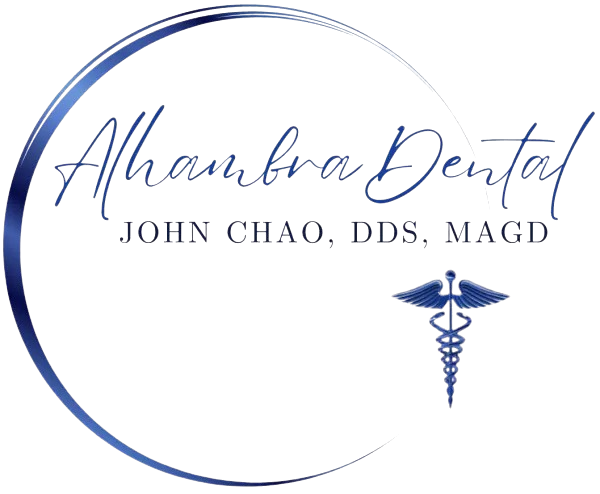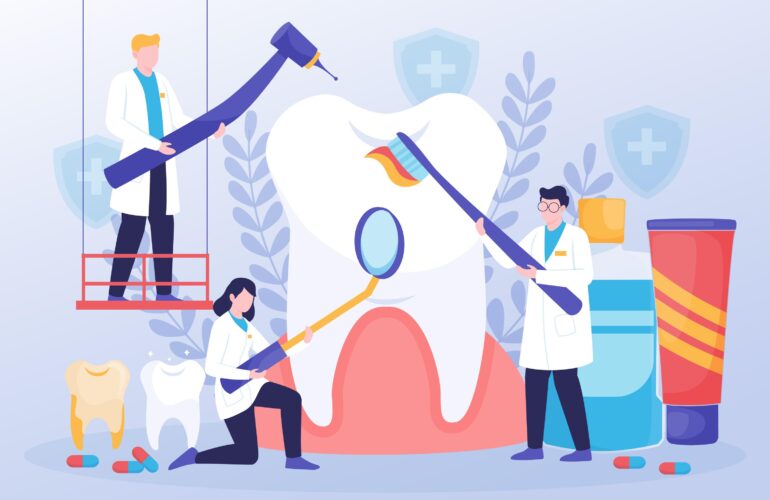1. When selecting your toothbrush, look for the ADA Seal. The ADA Seal of Acceptance is the gold standard for toothbrush quality. It’s how you’ll know an independent body of scientific experts, the ADA Council on Scientific Affairs, has evaluated your toothbrush to make sure bristles won’t fall out with normal use, the handle will stay strong and the toothbrush will help reduce your risk for cavities and gum disease.
2. The toothbrush is 5,000 years old. In various forms, that is. Ancient civilizations used a “chew stick,” a thin twig with a frayed end, to remove food from their teeth. Over time, toothbrushes evolved and were made from bone, wood or ivory handles and stiff bristles of hogs, boar or other animals. The modern nylon-bristled toothbrush we use today was invented in 1938.
3. The first mass-produced toothbrush was invented in prison. In 1770, an Englishman named William Addis was jailed for inciting a riot. He saw fellow prisoners using a rag covered in soot or salt to clean their teeth. Addis saved an animal bone from dinner and received bristles from a guard. Accounts state he bored tiny holes into the bone, inserted the bristles and sealed them with glue. After his release, he modified his prototype, started a company and manufactured his toothbrush. That company, Wisdom Toothbrushes, still exists in the United Kingdom today.
4. Manual or powered? Your teeth don’t care, if you do it right. In the manual and powered toothbrush debate, it’s a wash. You just need to brush twice a day for two minutes with a fluoride toothpaste. Both types of toothbrushes can effectively and thoroughly clean your teeth. It all depends on which one you prefer. People who find it difficult to use a manual toothbrush may find a powered toothbrush more comfortable. Talk to your dentist about which kind is best for you. If you do decide to use a powered toothbrush, you must hold it with your fingers, like how you would hold a flute. Don’t hold it in the palm of your hand. Palming your power toothbrush is likely to cause excessive pressure on your teeth and gums.
5. There is no “correct” order for brushing and flossing. Brushing before flossing, flossing before brushing—it doesn’t matter to your teeth, as long as you do both. However, be very careful not to cut your gums when you floss. Over-zealous flossing can cause spaces (dark triangles) to form between your teeth as well as gum recession.
6. Toothbrushes like to be left out in the open. Cleaning your toothbrush is easy: Rinse it with tap water to remove any remaining toothpaste and debris. Store it upright and allow it to air dry. If you store your toothbrush with other toothbrushes, make sure they are separated to prevent cross contamination. And do not routinely cover toothbrushes or store them in closed containers. A moist environment such as a closed container is more conducive to the growth of unwanted bacteria than the open air.
7. Lifespan = 3-4 Months. Make sure to replace your toothbrush every three to four months, or sooner if the bristles are frayed. A worn toothbrush won’t do as good of a job cleaning your teeth.
8. When it comes to choosing a brush, go soft. Whether you use a manual or powered toothbrush, choose a soft-bristled brush. Firm or even medium-strength bristles may cause damage to your gums and enamel. When brushing your teeth, don’t scrub vigorously—only brush hard enough to clean the film off your teeth.
9. Remember: 2 minutes, 2 times a day. 4 minutes a day goes a long way for your dental health. Put the time in each day to keep your smile healthy and keep up this twice-a-day habit.
10. Sharing is caring, but not for toothbrushes. Sharing a toothbrush can mean you’re also sharing germs and bacteria. This could be a particular concern if you have a cold or flu to spread, or you have a condition that leaves your immune system compromised.





